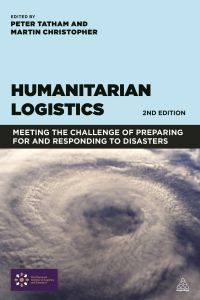Join getAbstract to access the summary!

Join getAbstract to access the summary!
Peter Tatham and Martin Christopher
Humanitarian Logistics
Meeting the Challenge of Preparing for and Responding to Disasters
Kogan Page, 2014
What's inside?
Donors don’t want to fund NGOs’ logistical needs, but inferior logistics means inferior disaster relief.
Recommendation
When a devastating earthquake struck Haiti in 2010, humanitarian relief organizations such as the Red Cross, Oxfam International, Food For The Poor and SOS Children immediately went to work to provide lifesaving aid. Their humanitarian logisticians are the unsung heroes responsible for getting lifesaving supplies to those in desperate need. Written and edited by logistics authorities Peter Tatham and Martin Christopher, with contributions from numerous experts, this updated second edition compiles the best current thinking on humanitarian logistical practices. It’s a fine, definitive resource, though, like many anthologies, it can be a bit repetitive. Tatham and Christopher deserve credit for an outstanding, comprehensive manual for those in the field and those who wonder how professionals get emergency supplies into devastated areas. getAbstract recommends their illuminating compilation to NGOs, those involved in humanitarian relief and anyone who handles logistics or risk management in other fields.
Summary
About the Authors
Peter Tatham teaches humanitarian logistics at Griffith University in Australia. Martin Christopher headed Cranfield University’s department of demand-chain management. The book includes the work of 25 expert contributors.



















Comment on this summary